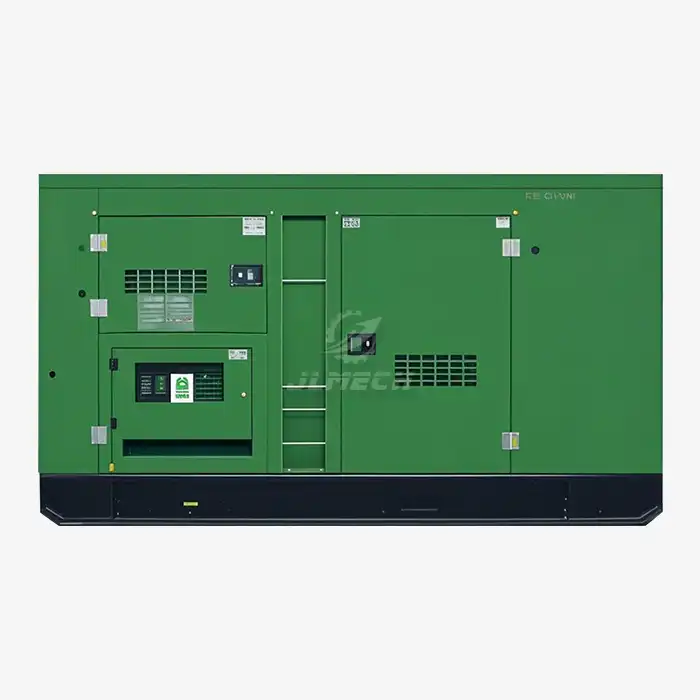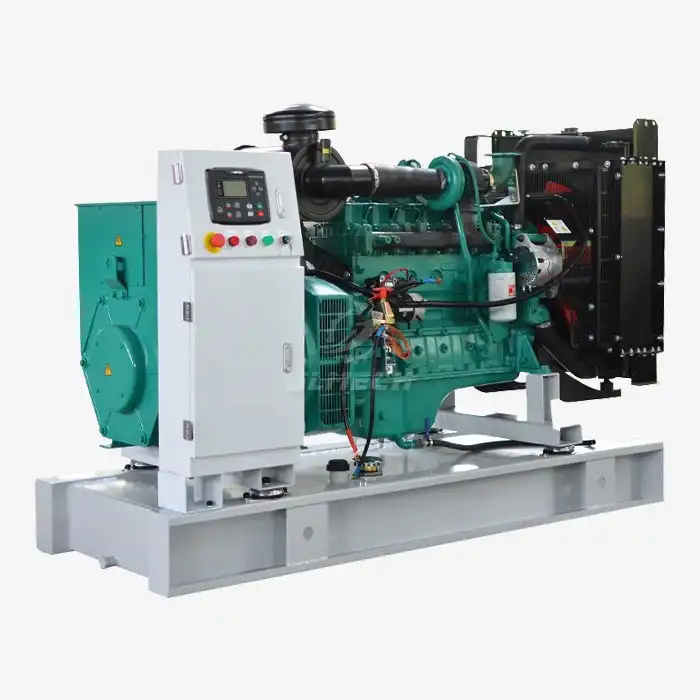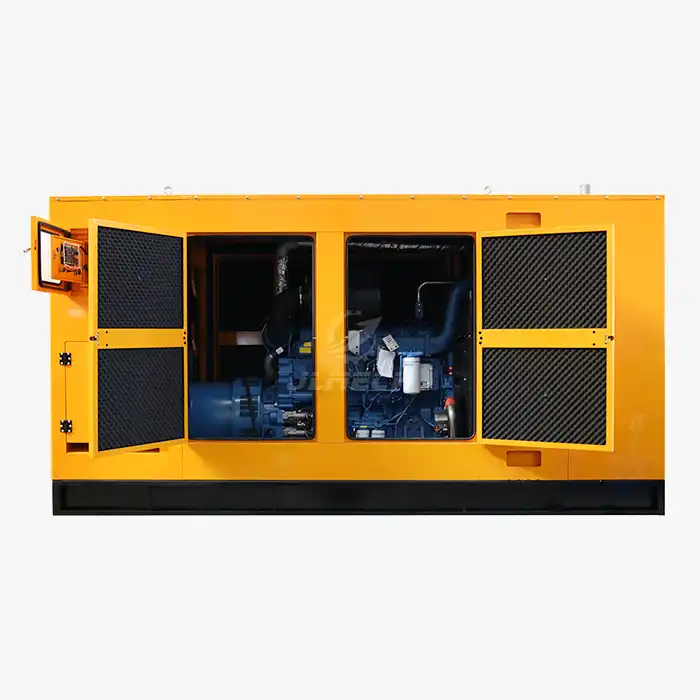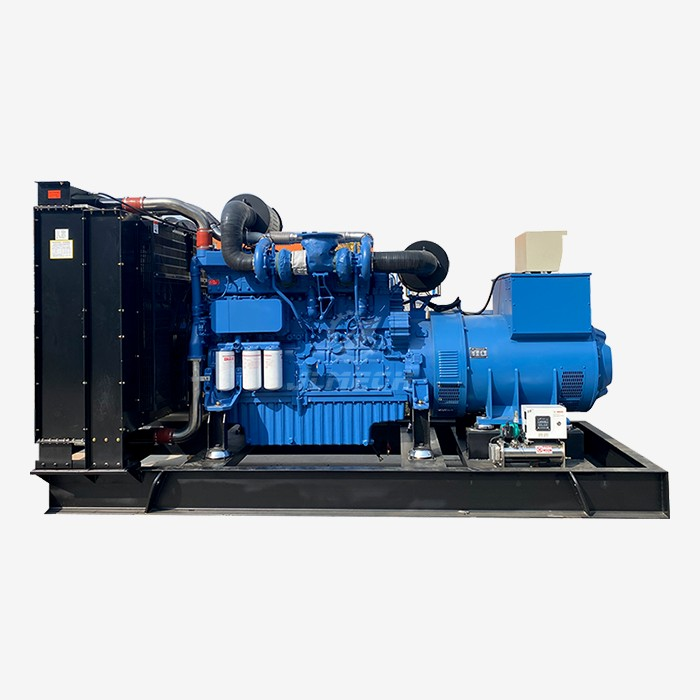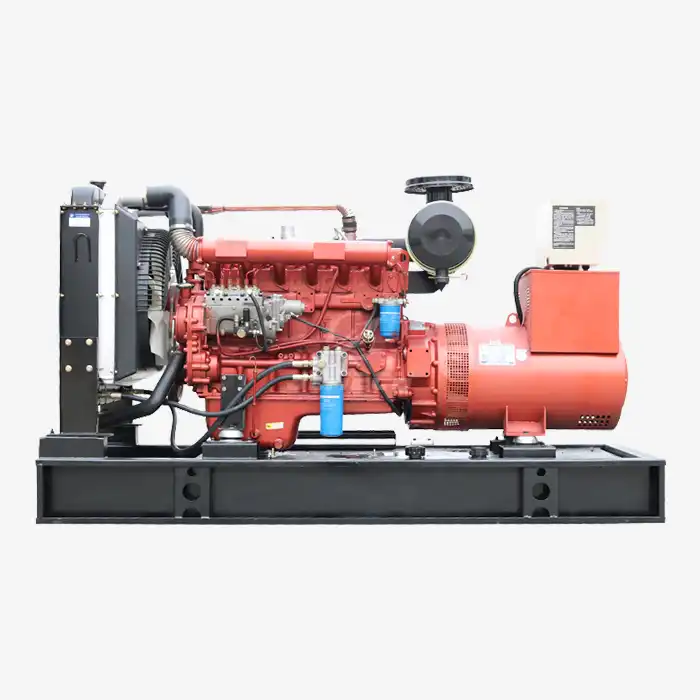Diesel Valve Parts: Common Faults & Repairs
The heart of any diesel generator's performance lies in its combustion system, where Diesel valve parts play a critical role in maintaining efficiency, power output, and operational reliability. These precision components, operating under extreme temperatures and pressures, serve as the gatekeepers of your engine's combustion chambers. When valves and their associated components begin to fail, the consequences can range from minor power loss to catastrophic engine damage. Understanding the common failure modes of Diesel valve parts and their proper repair procedures is essential for maintaining generator performance and avoiding costly downtime.
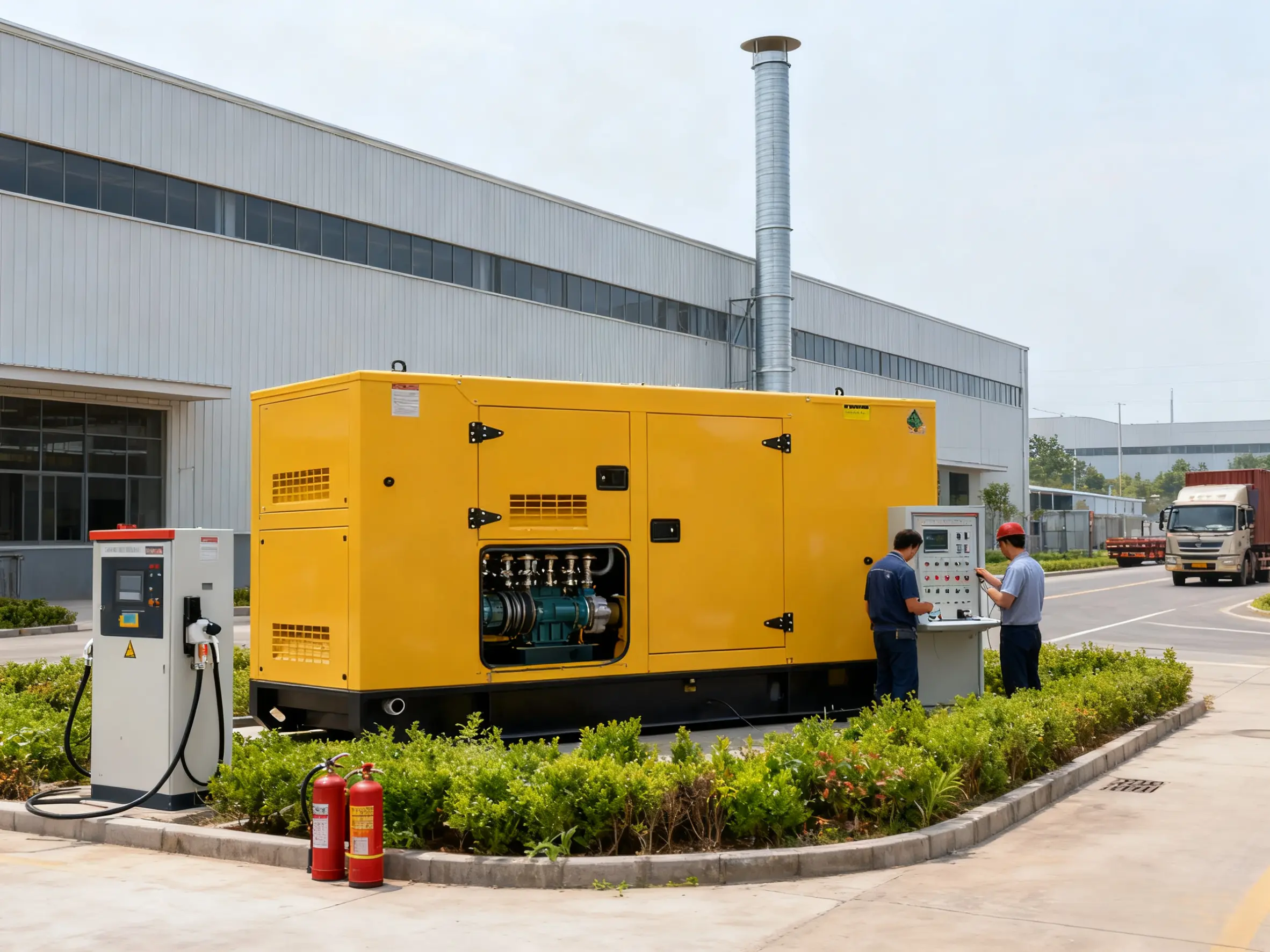
Valve Component Overview
A complete valve train consists of several interconnected components that must work in perfect harmony:
Valves: Intake valves bring air into the cylinder, while exhaust valves expel combustion gases
Valve Seats: Precision-machined surfaces that provide a seal when the valve closes
Valve Guides: Maintain proper valve alignment and stem positioning
Valve Springs: Ensure positive valve closure and prevent valve float
Tappets/Cam Followers: Transfer motion from the camshaft to the valve train
Pushrods & Rocker Arms: Convert camshaft lift into valve opening in overhead valve engines
Each of these Diesel valve parts must withstand extreme conditions including temperatures exceeding 430°C (800°F) for exhaust valves and pressures of several hundred psi.
Common Valve System Faults
Understanding typical failure patterns helps in early diagnosis and prevention:
Valve Burning & Erosion:
Caused by poor seating, carbon buildup, or overheating
Appears as pitted, warped, or melted valve edges
Leads to compression loss and power reduction
Valve Stem & Guide Wear:
Results from inadequate lubrication or contamination
Causes excessive oil consumption and blue smoke emissions
Creates improper valve seating and reduced compression
Valve Spring Fatigue:
Manifests as broken coils or loss of tension
Causes valve float at high RPMs and inconsistent seating
Leads to power loss and potential valve-to-piston contact
Carbon Deposits & Fouling:
Builds up on valve stems and heads
Restricts valve movement and affects proper closing
Results from poor combustion or oil contamination
Diagnostic Procedures
Accurate diagnosis is crucial before beginning any repair:
Compression Testing: Identifies leakage past valves and quantifies compression loss
Cylinder Leak-Down Testing: Pinpoints exact leakage paths and quantifies loss percentage
Visual Inspection: Using borescopes to examine valve conditions without disassembly
Exhaust Gas Analysis: Abnormal readings can indicate valve-related combustion issues
These diagnostic methods help determine whether Diesel valve parts require cleaning, reconditioning, or complete replacement.
Repair & Reconditioning
Proper valve system repair requires precision and attention to detail:
Valve Lapping Procedure:
Use fine-grade lapping compound
Apply compound to valve face only
Rotate valve back and forth with light pressure
Continue until uniform gray matte finish appears
Thoroughly clean all components to remove abrasive residue
Valve Guide Reconditioning:
Measure guide wear with ball gauges
Ream guides to specified size for oversize valves
Install bronze guide liners when applicable
Ensure proper clearance for thermal expansion
Valve Seat Reconditioning:
Cut seats to correct angle and width
Ensure proper seat runout (typically <0.0015")
Check seat concentricity with valve guide
Apply three-angle cuts for optimal flow and sealing
Replacement Guidelines
Knowing when to replace rather than repair is critical:
Valve Replacement Indicators:
Margin thickness less than specification
Stem wear exceeding service limits
Evidence of overheating or burning
Visible cracking or distortion
Valve Spring Replacement Criteria:
Pressure testing shows >10% loss from specification
Squareness deviation >1.5 degrees
Free length below minimum specification
Visible pitting or corrosion
Always replace Diesel valve parts in complete sets when possible to ensure uniform performance and longevity.
Preventive Maintenance
Proactive maintenance significantly extends valve system life:
Regular Inspection Intervals:
Check valve clearance every 500-1000 operating hours
Perform compression tests annually
Conduct borescope inspections during routine maintenance
Proper Operating Practices:
Avoid continuous operation at light loads
Prevent engine overheating through cooling system maintenance
Use recommended lubricants and change intervals
Allow proper cool-down periods before shutdown
Fuel & Air Quality Management:
Maintain clean fuel filtration
Ensure proper air filtration and intake system integrity
Use fuel additives to prevent injector issues that affect valves
Installation Best Practices
Correct installation ensures optimal performance and longevity:
Valve Clearance Setting:
Set to manufacturer's specifications with engine cold
Use go/no-go method for rapid checking
Recheck after initial run-in period
Lubrication Requirements:
Apply assembly lubricant to valve stems and guides
Lubricate rocker arms and pushrod ends
Use engine oil on camshaft lobes and lifters
Torque Specifications:
Follow manufacturer torque sequences for cylinder heads
Use calibrated torque wrenches
Retorque after initial heat cycles when specified
Conclusion
Proper maintenance and repair of Diesel valve parts is fundamental to generator reliability and performance. Regular inspection, timely intervention, and quality replacement components can prevent minor issues from developing into major failures. Understanding the common faults and their respective repairs enables generator operators to maintain optimal efficiency while avoiding unexpected downtime. When in doubt, consult with qualified technicians to ensure your valve train receives the professional attention these critical components require.
Our factory provides genuine replacement Diesel valve parts and technical support for all major generator brands. For assistance with your valve system maintenance or to source quality components, contact our technical team at skala@whjlmech.com.
References
Diesel Engine Valve Service Manual. (2021). Maintenance Procedures for Heavy-Duty Diesel Valvetrains. Engineering Publications.
Society of Automotive Engineers. (2019). SAE J1293: Diesel Engine Valve and Guide Maintenance Standards.
Generator Manufacturers Association. (2022). Recommended Maintenance Practices for Diesel Generator Engines. GMA Technical Bulletin TB-112.
Johnson, M. (2022). Emergency Power Systems: A Comprehensive Guide to High-Speed Diesel Generators. Power Engineering Quarterly, 45(3), 78-92.



